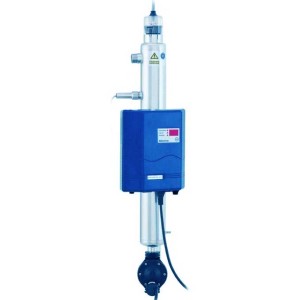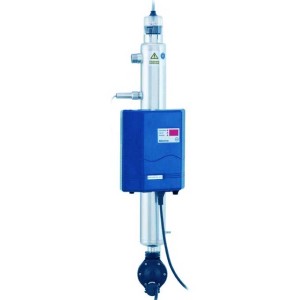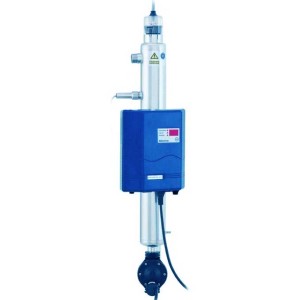How can I kill bacteria in drinking water?
Jan 31, 2024, 13:54:55
Table of Contents
- What are bacteria?
- Reproduction of bacteria
- Illness caused by bacterial infection
- Bacteria in drinking water
What are bacteria?
Bacteria are microscopic single-celled organisms, the size of which is usually one tenth of a human body cell. In contrast to eukaryotic life forms, which include humans and animals, for example, they do not have a cell nucleus that contains genetic information. Their DNA simply floats in the cell plasma behind the cell wall. Nevertheless, the bacterial cell is kept alive by a type of organelle that is constitutive for life functions even in multicellular organisms. The so-called ribosomes ensure the production of protein in humans, animals and plants as well as bacteria, which plays an important role in the energy balance. What is also characteristic of some bacterial species are the flagella consisting of pili, which surround the bacterial cells and are used to move and hold the organism in place.
Reproduction of bacteria
Bacteria reproduce through cell division. This means that the genetic information is copied within the bacterium and then separated. The cell wall then separates in two so that an identical strand of DNA ends up in one of the cell envelopes. Through this process, an individual bacterium can become an entire colony within a short period of time, as the number of dividing organisms doubles each time. For this reason, bacterial species on the right breeding ground experience a much faster population increase than life forms with a more complex reproductive process.
Illness caused by bacterial infection
Bacterial infectious diseases affect the body when certain groups of bacteria infiltrate the human body through one of its openings or through injuries in the skin layer. These settle in the host organism and then multiply. The organism reacts to the attackers by arming itself with helper cells that are supposed to eliminate the bacterial cells. The short-lived generations of bacteria defend themselves against human or animal defenses with ever new strategies of resistance. As a result of the resulting battle of wear and tear, weakening of the host organism manifests itself in symptoms of illness, which ultimately allow a diagnosis of bacterial infection. The body can often wipe out the invading bacteria on its own. In some cases, however, antibiotics prescribed by a doctor are necessary.
Bacteria in drinking water
Because bacteria can basically be found in every substance and in every place, their spread does not stop at water, which occurs in nature. Tap water is also never completely germ-free. The bacteria accumulate in the pipes and pipes and are transported by the water flow. On the other hand, mineral water in packaged bottles can be assumed to have previously been subjected to antibacterial filtration. However, after opening the bottle, it is inevitable that bacteria will creep into the mineral water via the oral mucous membranes and human saliva as well as through other external influences. To this day, human cultures react to this risk by boiling. Very few bacteria survive when water is brought to a boil using heat. In recent years , UV irradiation in particular has proven to be an efficient aid in combating bacteria.
You may also be interested in
UV disinfectionUV-Desinfektionsanlagen für Haushalt, Pools und Teich
UV-Desinfektionsanlagen für Trinkwasser und Industrie
UV disinfection systems
Trinkwasserdesinfektion mit Natriumhypochlorit







